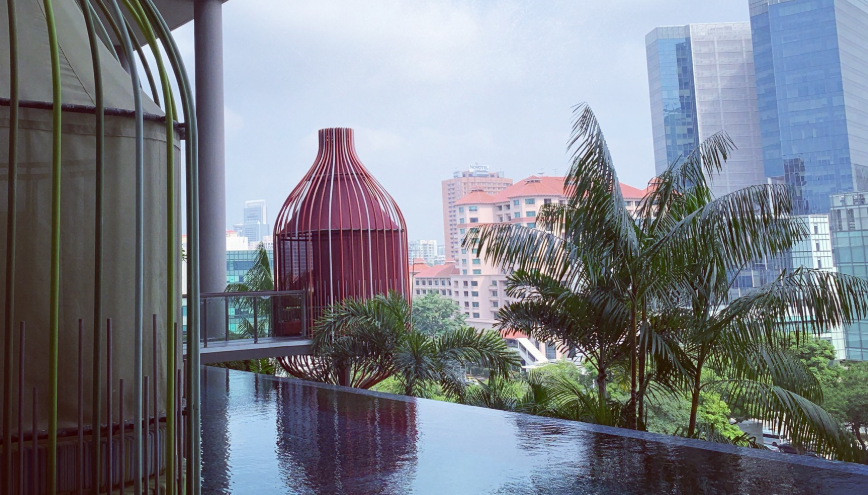How is your city reimagining urban living?
The Government of Singapore recently announced its 2030 Green Plan, a whole-of-nation movement to combat the effects of climate change. The Green Plan sets goals which will affect Singaporeans in many areas of life; there will be education programs at all levels of schooling and internal combustion engine vehicles will be phased out. However, the heart of the Green Plan is sustainable development; the goal is to make Singapore a “green, liveable, and sustainable home”.
I’m sure some YIMBY ears pricked up just then.
Yes, the Green Plan makes clear the connection between environmental sustainability and liveability—something which we YIMBYs have known for a long time. And there are many innovations included in Singapore’s Green Plan which are sure to make YIMBY Queenslanders green (pun intended) with envy.
The Green Plan pledges 10 square-kilometres of new green space—including 2 square-kilometres of nature parks—and for every household to be within ten minutes’ walk of a park. The additional greenery will make the air cooler and cleaner, and bring Singaporeans into closer contact with native animals and birds.
Singapore is also tripling their cycle paths to 1320 kilometres, and repurposing roads for pedestrianisation. They are expanding their rail network to 360 kilometres, giving the city-state coverage comparable to London and New York City. The Government of Singapore hopes to increase public transport use from 64% of peak hour journeys to 75%. To facilitate the move to clean energy vehicles, the Green Plan also provides for 60,000 new electric vehicle charging points.
Perhaps most intriguing is the Tengah new town concept, an eco-development supporting 42,000 homes. All roads and parking will be underground, creating an entirely car-free town centre with more room for green spaces, active transport, and recreation. All homes will be fitted with smart lights and cooled by a system that pumps chilled water through buildings. By 2030, 80% of all buildings across Singapore will be fitted with smart LED lights or solar panels to meet the Government’s super low energy standard.
The Government of Singapore hopes that other cities around the world will be inspired by the Green Plan 2030. They ask, “How is your city reimagining urban living and how can we make cities greener?”
Now, I know what you’re thinking. This all sounds great, but the City in a Garden and the Sunshine State are very different places. Great connectivity, public transport coverage and access to parks all seem more possible in Singapore. It’s only slightly larger in area than Townsville, and has an established acceptance of mid- and high-rise living. But there are definitely other aspects of the Green Plan that we could look to adopting in our own cities.
For example, to combat urban heat, Singapore is increasing greenery in urban centres and piloting the use of cool paint on building facades.
And, indeed, Queensland cities are already reimagining urban living. In Brisbane, construction on new green bridges, the new Metro and cross river rail has begun; not to mention Brisbane City Council’s goal to achieve 40% green space under their 2014 Brisbane City Plan. Plus, the ambitious private sector-led ‘Urban Forest’ will be the world’s greenest residential building right here in Brisbane. Beyond the capital, a further thirteen electric vehicle charging stations are being added to the Queensland Electric Super Highway (the world’s longest electric highway in a single state). This will make it possible to drive your electric car from Coolangatta to Cairns.
Plus, what makes Queensland different to Singapore can be our advantage. Singapore’s Minister for Trade and Industry, Chan Chun Sing, acknowledges that Singapore lacks the space, natural resources, and climate to create vast solar or wind farms. This is not a problem for Queensland, as we’ve plenty of space and varying climates across our state.
Let’s hope by the time 2030 rolls around, Queenslanders will have even more to boast about, and we’ll be able to travel to Singapore to see all the great work they are doing for ourselves.



